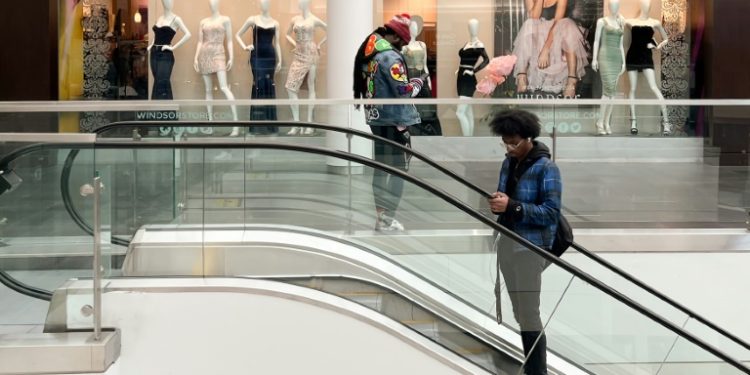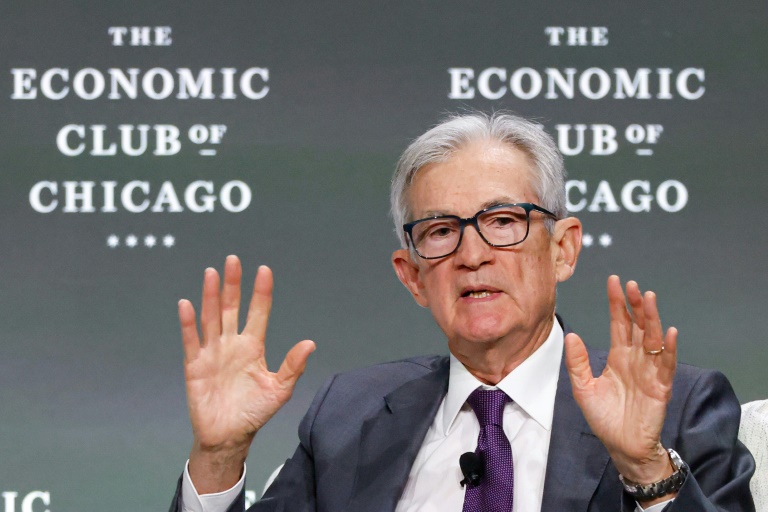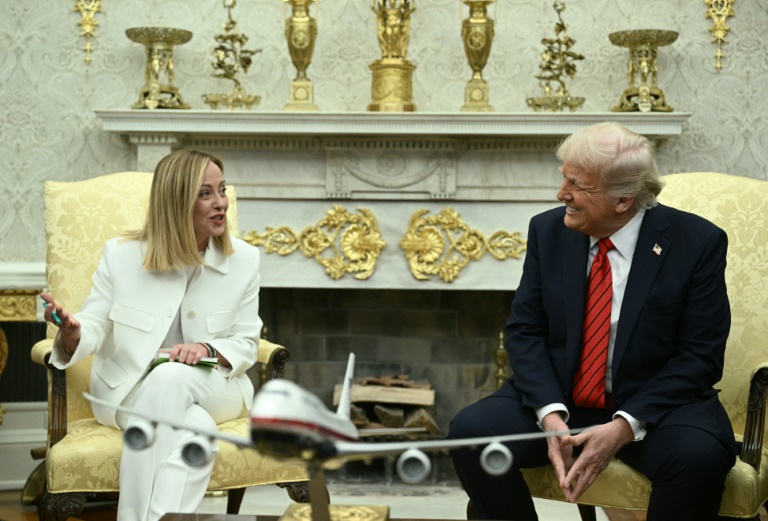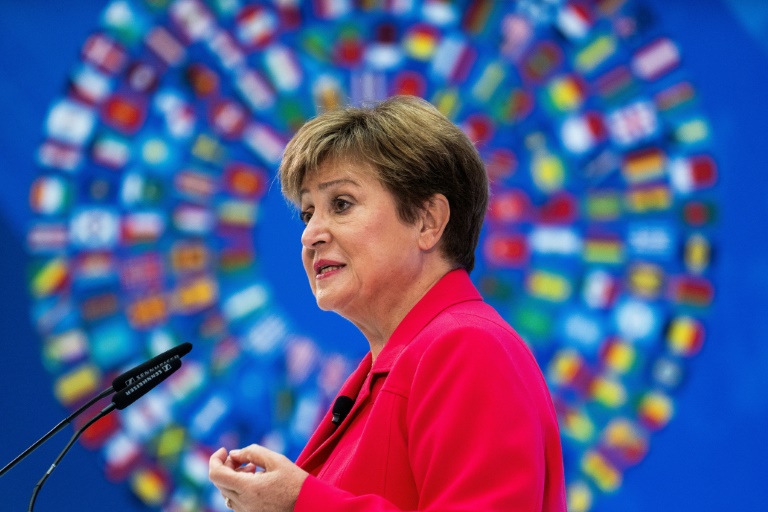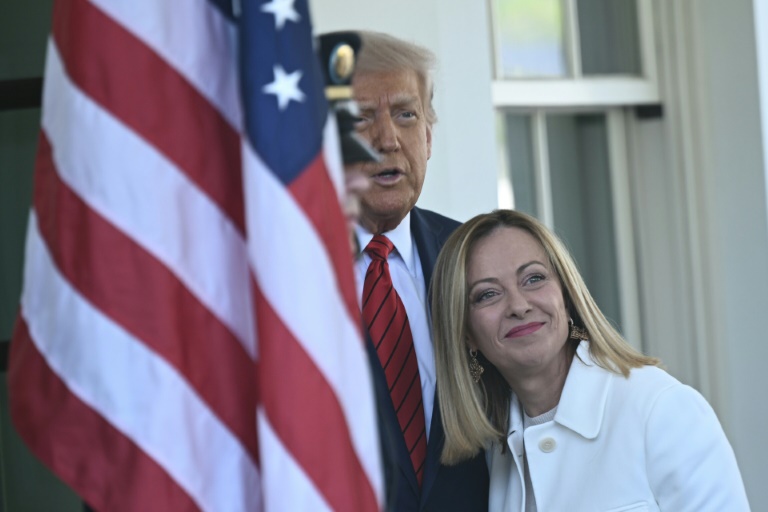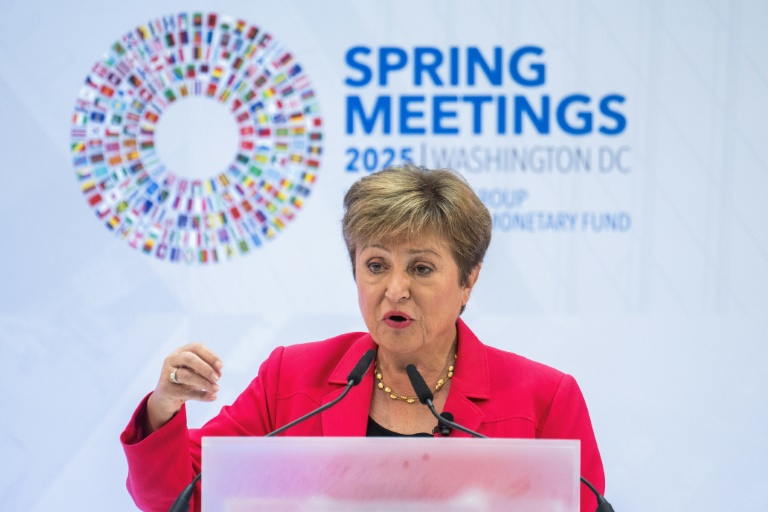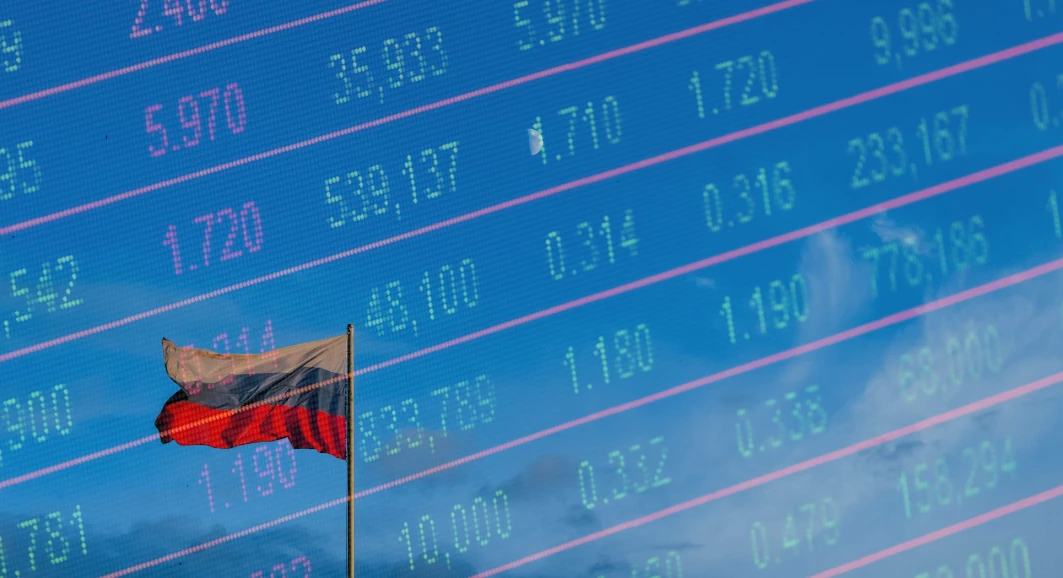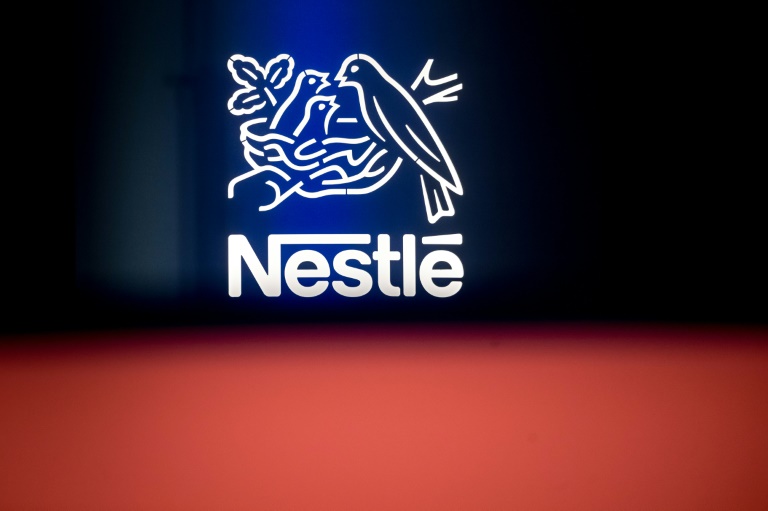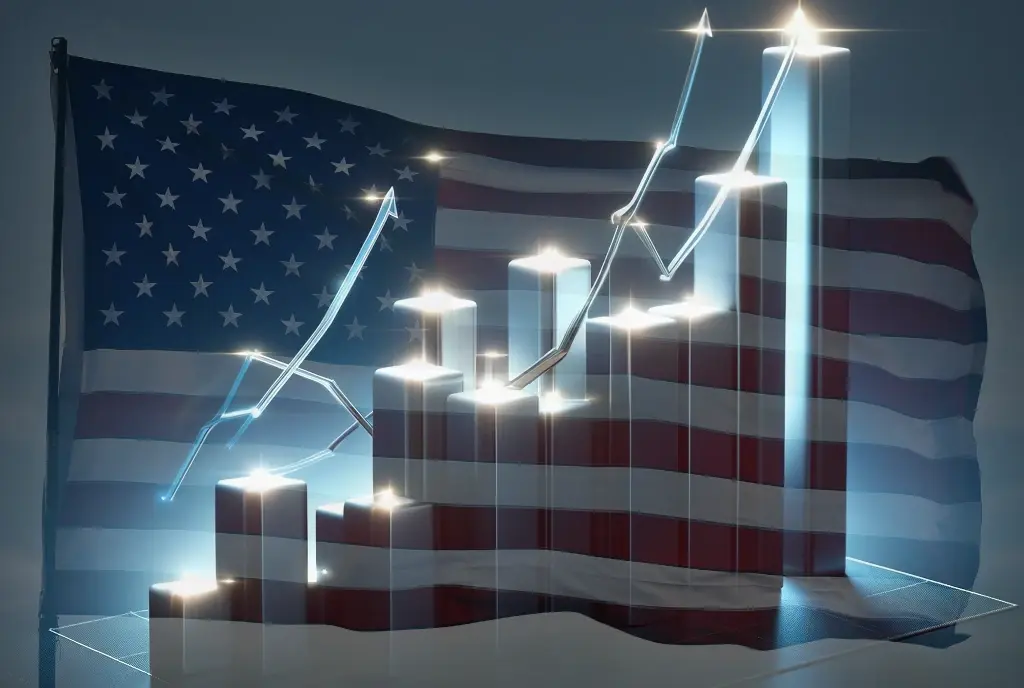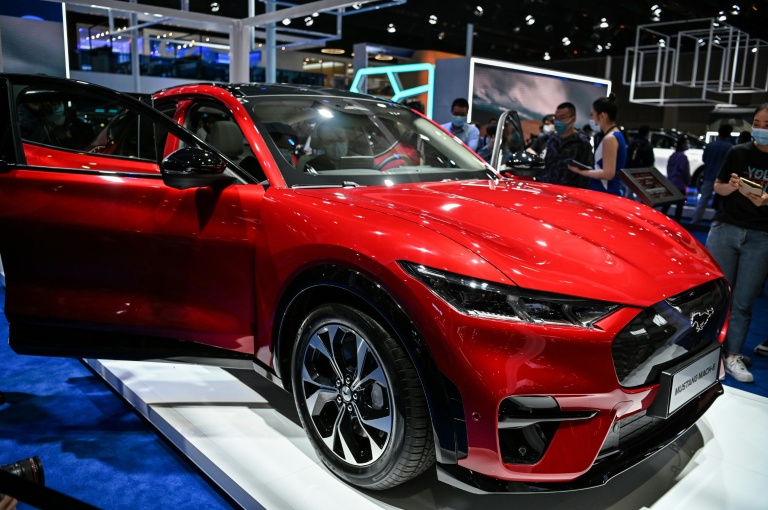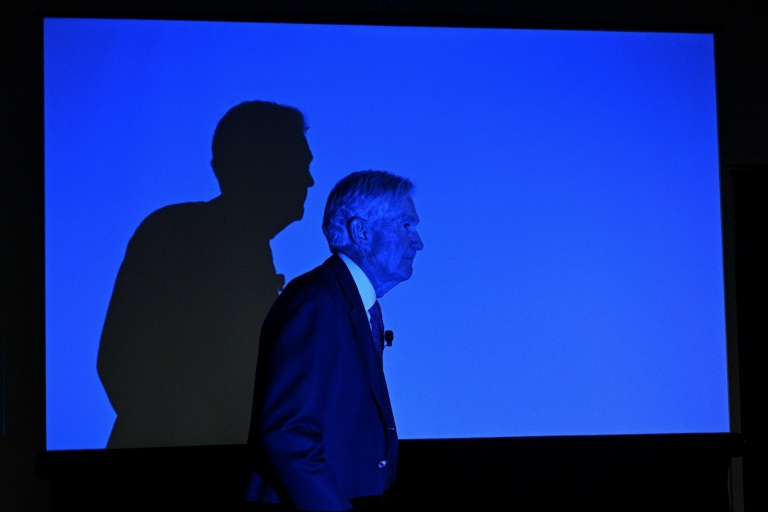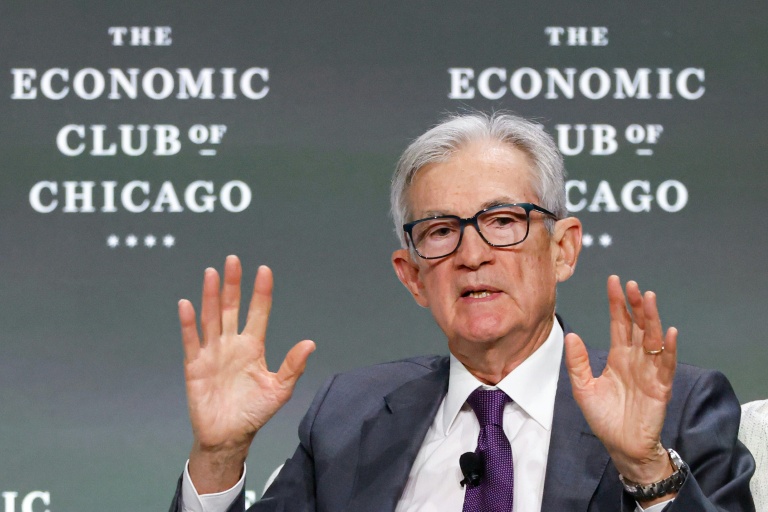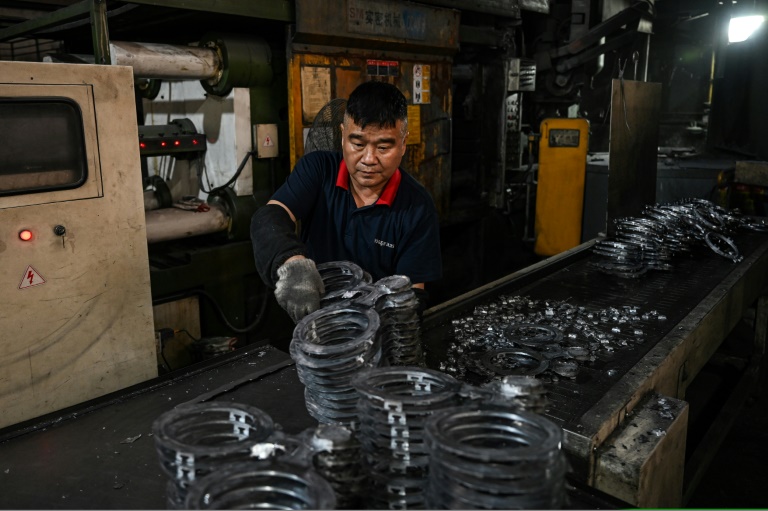Washington (AFP) – The US economy cooled markedly in the first three months this year, expanding less than anticipated as consumer spending and exports decelerated, according to government data released on Thursday.
The world’s biggest economy grew 1.6 percent in the first quarter, the Commerce Department said, missing analysts’ expectations of a larger 2.4 percent rise.
This was also a clear slowdown from the 3.4 percent increase in the final three months of last year, and the weakest rate since mid-2022.
President Joe Biden maintained that the “report shows the American economy remains strong, with continued steady and stable growth.”
He also stressed that unemployment has remained below four percent for more than two years.
“But we have more work to do. Costs are too high for working families, and I am fighting to lower them,” Biden said in a statement.
The latest figure still shows expansion, but economic pressures could weigh on Biden as he seeks reelection in November.
Biden has been working to improve perceptions surrounding his handling of the economy even as soaring inflation has eased since the Covid-19 pandemic and the jobs market remained solid.
– Slower spending –
On Thursday, the slowing in growth “primarily reflected decelerations in consumer spending, exports, and state and local government spending,” said the Commerce Department.
Consumer spending grew 2.5 percent, pulling back from the fourth quarter.
There was also a “downturn in federal government spending,” the Commerce Department said.
Residential investment, however, had a strong showing with new housing construction boosted by demand and a lack of resale inventory, analysts noted.
Consumption has been more resilient than anticipated last year, even as economists predicted that spending would cool as households depleted their savings from the pandemic period and while borrowing costs stayed high.
A key factor has been a robust labor market, fueling job and wage gains.
All of this boosted optimism that the country is achieving a “soft landing” where inflation moves lower on the back of higher interest rates without triggering a recession.
– ‘Uncertain’ outlook –
Consumers remained willing and able to spend “even if they are being more scrutinous in the face of high prices,” said EY chief economist Gregory Daco.
Moving into the second quarter, “we believe the economy will gently cool as slower labor demand, easing wage growth, stubborn inflation, and tight credit conditions constrain private sector activity,” he added.
Analysts noted that GDP figures in the first quarter could be revised later on, with advance estimates often revisited significantly.
Therefore, the weaker than anticipated gain was “not troubling,” said economist Ryan Sweet of Oxford Economics.
Yet, the “outlook going forward is uncertain” according to High Frequency Economics chief US economist Rubeela Farooqi.
Labor market strength will probably prop up household spending and economic growth.
But stubborn inflation could risk the US central bank keeping interest rates higher for a longer period of time, she added. This could weigh on consumers and businesses in the coming quarters.
© 2024 AFP

